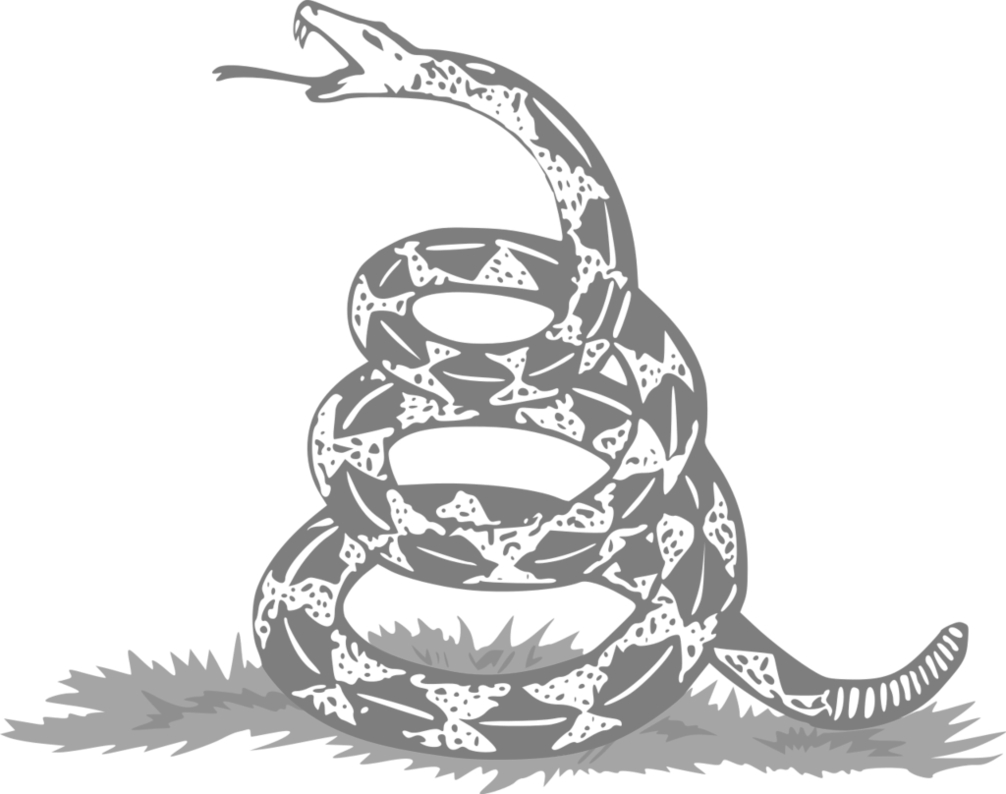Russian identity as a military uniform
There is another important nuance in the stories about Soviet monuments in the Baltic countries. These monuments are said to be a gathering point of identity for the local Russian community. If this is true, then it is time to think: why do Russians need such bulky cultural artifacts to remain themselves? I think it has something to do with the fact that Russians in the world are one of the most disorganized diasporas. Russians quickly dissolve into other European nations, and those who do not dissolve, but retain their identity, turn into that same swamp, dancing with red flags around monuments. Simply put, Russian identity is organized around imperial political symbols, or disappears altogether.
Let us take the examples of large world diasporas. Let's say the Irish are in the US. What does it mean to be Irish? An Irishman can answer: here are our dances, here are our songs, here are our legends and myths, here is our St. Patrick, here is our damn clover, and so on. Political statements, if any, are not in the front row (the world celebrates St. Patrick's Day, not the Easter Rising). Take the same Ukrainians in Canada (diaspora of almost 1.5 million people). What does it mean to be Ukrainian in Canada? Hardly anyone would have answered "pray for Bandera and Shukhevych." Most likely, the Ukrainian answer would be close to the Irish one: here are our songs, here are our dances, here is our history. Of course, it is impossible to completely separate culture from politics: the "Gaelic revival" is somehow connected with the struggle for the independence of Ireland, just as Ukrainian culture is connected with the struggle for the independence of Ukraine. However, the bottom line is that Irish or Ukrainian identity is built around ethnic culture in a broad sense, and not around specific political symbols.
Now let's take the Russians. Take away the Soviet flag, the Soviet Victory Day and the Soviet "Katyusha" from the Russian in Latvia - he will have WHAT? That's the thing, nothing. Perhaps we have Russian songs, Russian dances, Russian holidays? All this is, of course, but mostly either in the form of "high culture" on the stage of theaters, or gathers dust in museums - in any case, it never occurs to anyone to turn to this as a source of actual identity. As a result, the source of actual identity is "grandfathers fought" and "we can repeat." Simply put, Russians are the most de-ethnitized and most politicized people (in the sense that they are tied to political symbols).
Why so? Obviously, this is a retribution for the role of the titular imperial nation. Being the humus of the empire, Russian identity was presented as "default". And this means - the bearer of imperial political symbols. In the course of the formation of this politicized identity, real ethnic Russianness turned into a dusty exhibit from museums and theaters. As Yegor Prosvirnin used to say, the Russian national costume is not a kosovorotka, but a military uniform. Everything is so. Take off the military uniform from the Russian and there will be no kosovorotka under it - there will be emptiness. But take off the military uniform from the Ukrainian - there will be an embroidered shirt under it. In it, a Ukrainian will sing five folk songs for you, and at the end he will dance a hopak (the imperials used to love to sneer at the "selyuks", but in the third month of the "blitzkrieg" they seem to have no time for irony). While the Russian void will mumble sadly about the day of victory, grandfathers and the great empire from Nakhodka to Kaliningrad.
Mihail Pojarsky 2022-05-16
